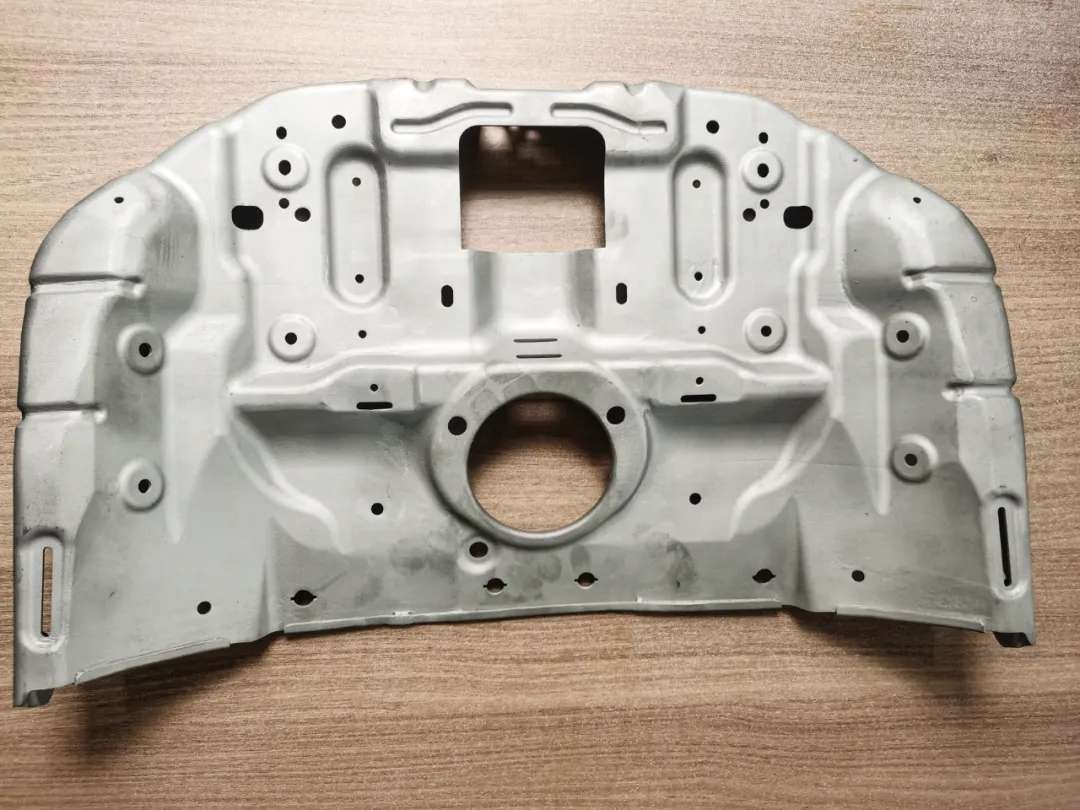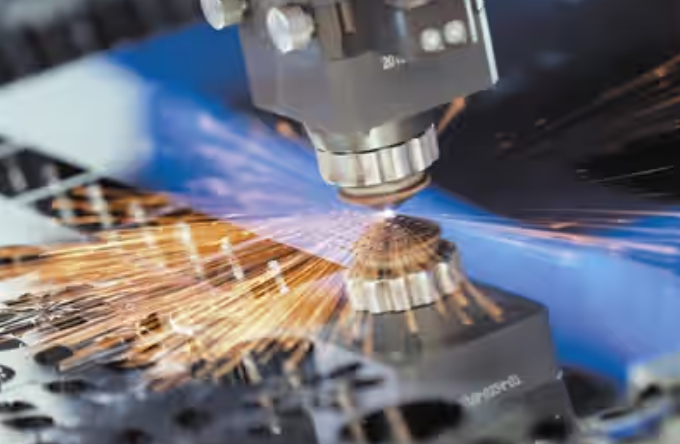- Jul 02, 2024
Rapid prototyping manufacturing technology, commonly referred to as rapid prototyping (RP) technology, has become a cornerstone in various industries. Initially prominent in the automotive application sector, RP technology has matured into a comprehensive technical system after years of development. Its applications have significantly broadened, extending beyond product design to encompass mold design and manufacturing, material engineering, medical research, culture and art, and construction engineering. As a result, RP technology now holds a promising future across a wide range of fields.
What are the main features of rapid prototyping technology?
(1) 3D Printing: Also known as additive manufacturing, it is a technology that creates three-dimensional objects by stacking materials layer by layer. It uses computer-aided design (CAD) software to convert digital models into instructions for layer-by-layer printing, and builds objects by adding materials layer by layer.
(2) Laser sintering: It uses a laser beam to sinter powdered materials (usually plastic or metal) layer by layer, so that their particles are bonded to each other to form the desired object.
(3) Photocuring: This technology uses an ultraviolet laser beam or photocuring resin to cure liquid resin layer by layer to build objects. The laser beam scans over the liquid resin, causing it to solidify and harden, gradually forming the object.
(4) Electron beam melting: This is a metal 3D printing technology that uses an electron beam to melt metal powder to manufacture metal parts layer by layer. The electron beam scans over the metal powder, causing it to melt and solidify, gradually forming the object.
(5) Fused deposition modeling: It is a technology that extrudes molten material through a heated nozzle layer by layer to build an object. The material is heated by the nozzle and the object is built by controlling the movement of a moving platform.

Application of Rapid Prototyping Technology in Stamping Sheet Metal
(1) Prototyping: Rapid prototyping technologies such as 3D printing can be used to make prototypes of stamped sheet metal products. Traditional prototyping usually requires mold making, which is time-consuming and labor-intensive. However, rapid prototyping technology can directly convert design files into physical models, quickly verify the feasibility of the design, and improve the efficiency of product development.
(2) Mold manufacturing: Stamped sheet metal production usually requires the use of molds to form and cut metal sheets. Rapid prototyping technology can be used to manufacture these molds. Through technologies such as 3D printing, molds with complex shapes can be made, reducing manufacturing cycles and costs and improving production flexibility.
(3) Tooling and fixture manufacturing: In the process of stamping sheet metal, various tooling and fixtures are required to fix and position the workpiece. Rapid prototyping technology can be used to manufacture these fixtures. Through technologies such as 3D printing, corresponding fixtures can be quickly made according to the specific shape and size of the workpiece, improving production efficiency and quality.
(4) Part repair and replacement: In stamping sheet metal production, parts sometimes become damaged or need to be replaced. Rapid prototyping technology can be used to quickly repair or manufacture replacement parts. Through technologies such as 3D scanning and printing, the geometric information of damaged parts can be obtained, and new parts can be quickly manufactured, reducing downtime and production costs.
Overall, the application of rapid prototyping technology in the field of stamping sheet metal can improve the efficiency of product development, reduce manufacturing cycles and costs, increase production flexibility, and enable rapid repair and replacement of parts, improving production continuity and reliability.Oakon has complete basic processing equipment and strong technical force.


